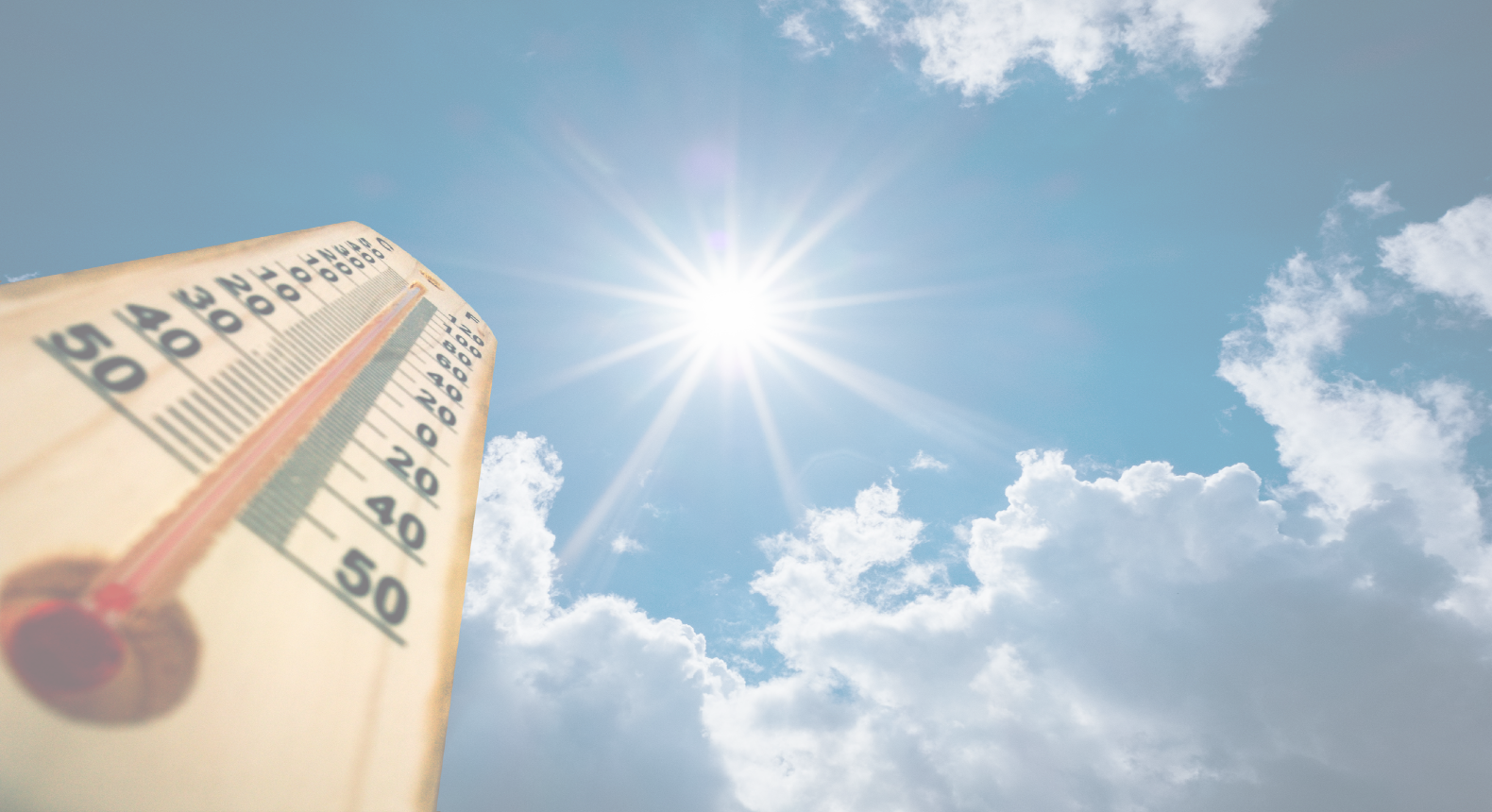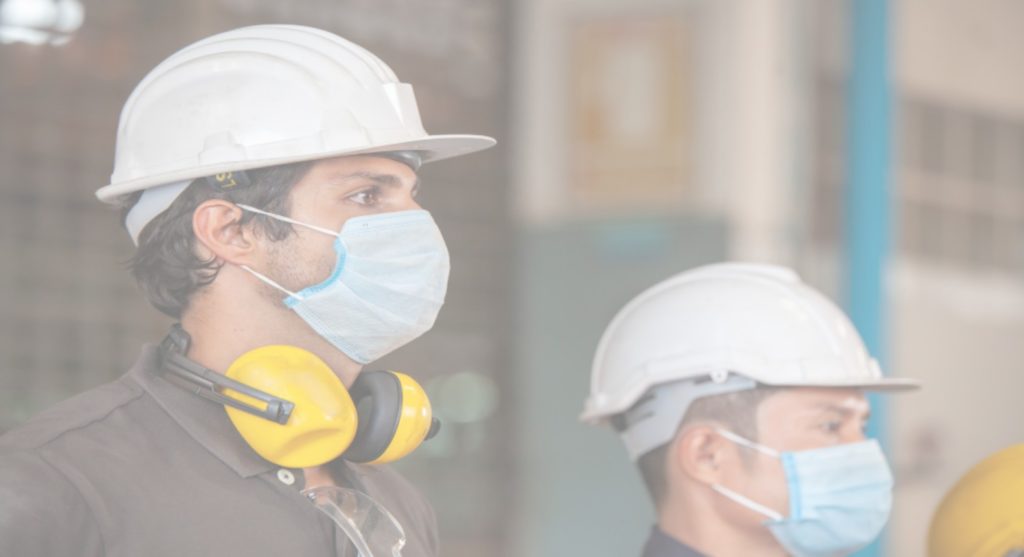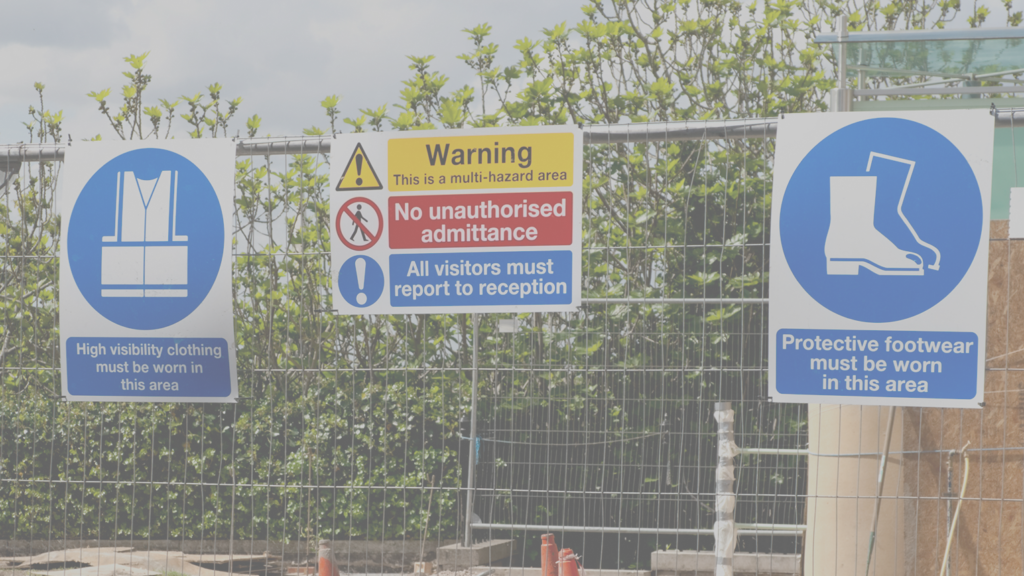For those that work inside, the heat of the summer months have little effect on their day. However, for those that make a living working outside, summer means added dangers and necessary precautions. This article will include several tips and resources that will help to keep employees safe while working in high heat and/or humidity.
Heat Related Illnesses
First, be aware of some of the most dangerous and uncomfortable results of exposure to high heat and/or humidity.
Heat Stroke:
Heat Stroke occurs when the body temperature reaches above 104.0 °F (40.0 °C)
Symptoms: lack of sweating, dizziness, mental confusion, headaches, weakness.
Results: unconsciousness, organ failure, death
Heat Exhaustion:
Heat exhaustion occurs when the body is starting to overheat.
Symptoms: heavy sweating, rapid pulse, feeling faint.
Results: can lead to more dangerous symptoms such as Heat stroke.
Heat Cramps:
Heat rashes happen when large amounts of salt and water are lost through strenuous activity in the heat and/or humidity.
Symptoms: cramping in abdomen, arms, and calves. Results: If fluids and minerals are not replenished, can be a symptom of developing heat exhaustion and heat stroke.
Heat Rashes:
Heat Rashes happen when sweat is trapped under the skin due to clogged sweat glands. Symptoms: small itchy and irritated red rashes, commonly occurs on the upper chest, lower chest, neck, and elbow creases.
Results: Uncomfortable and could be a sign of other worrisome illnesses related to the exposure of high heat and/or humidity.
Precautions
The first step in handling any problem is to take steps against it from happening in the first place. This is why we’ve compiled a list of precautions that can help those working in high heat and/or humidity stay safe.
- Stay out of high heat and/or high humidity unless necessary
- Wear light and loose clothing
- Wear sunscreen of at least 15 SPF
- Drink lots of water and sports drinks to replenish electrolytes
- Have a buddy system. Use situational awareness and pay attention to the signs of symptoms of heat related illnesses in those around you.
- Stay away from alcohol before, during, or after exposure to long periods of heat
- Pay attention to the weather and plan to either be done with activity before the hottest part of the day, or to take consistent breaks
- Be aware if you or another employee belongs to an at risk group, eg: elderly, people with medical conditions, people taking certain types of medication or drugs (more below).
Signs of Danger
- Heavy sweating can mean over exertion
- Faintness can be a sign of heat exhaustion
- Dizziness can be a sign of heat exhaustion
- Weak, rapid pulse can be a sign of heat exhaustion
- Gasping for breath can be a sign of heat stroke
- Low blood pressure upon standing, can be a sign of dehydration
- Muscle cramps is a symptom of exposure to high heat w/o consistent replenishment of water, salt and minerals
- Nausea can be a sign of heat exhaustion
- Headache can be a sign of dehydration
- Fatigue can be a sign of heat exhaustion
- Confusion can be a sign of heat exhaustion and heat stroke
Sweating Stops: this can be an extremely dangerous sign of heat stroke and severe dehydration
What To Do if in Danger
What happens if you notice that another employee may be suffering from a heat related illness? In these situations, doing the right thing in a timely manner can make a huge difference in the level of danger one is facing. Make sure that you and your employees know what to do if someone is in danger.
Note: If someone is unresponsive, has been rendered unconscious, or is unable to administer any of the below measures, immediate medical attention may be necessary.
- If feeling exhausted, confused, or developing heat rashes or cramps, immediately go to cooler area, such as an air conditioned room or shade
- Drink water and/or sports drinks
- Stop all activity and rest in shade while drinking cool liquids
- Get immediate attention if suffering from heat stroke or if resting and hydrating does not help
At-Risk Groups
Heat related illnesses are a danger to even the most healthy individuals, so for those that have underlying conditions, the heat can pose an elevated risk of danger. As a manager and/or a fellow employee, be aware of other employees’ underlying health conditions; it could mean the difference between life and death.
- Older and Elderly Individuals. The body isn’t as efficient at regulating temperature
- People taking drugs (eg: Alcohol, prescription medicine, etc), medical or otherwise
- Overweight individuals
- People with underlying illnesses: other illnesses can make people more susceptible to heat illnesses
This is by no means a comprehensive list of illnesses, precautions, danger signs, or at risk groups. Please consult an expert before drafting a safety plan for your business. This ensures that your business – and most importantly your employees – are protected while working in high heat and/or humid conditions.
Please review OSHA’s Heat Safety Page. If you have any questions please contact us and we will get you in touch with a safety expert.

















